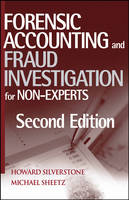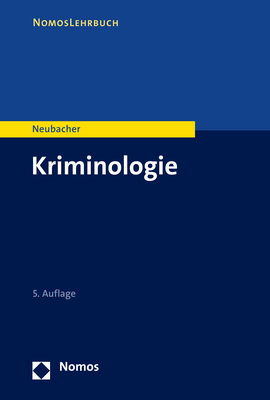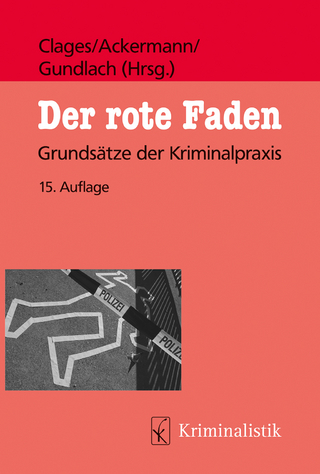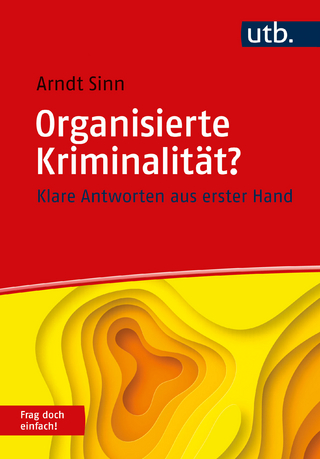
Forensic Accounting and Fraud Investigation for Non-Experts
John Wiley & Sons Inc (Verlag)
978-0-471-78487-6 (ISBN)
- Titel erscheint in neuer Auflage
- Artikel merken
HOWARD SILVERSTONE, CPA, FCA, CFE, is a Director and cofounder of Forensic Resolutions, Inc. He has concen-trated on forensic and investigative accounting since 1985 and has been involved in every aspect of cases, including planning, detailed analysis, discovery, and expert testimony in forensic accounting. He has contributed articles to the Legal Intelligencer, Litigation Quarterly, and the Risk Report, as well as a chapter to The CPA's Handbook of Fraud and Commercial Crime Prevention and is coauthor of Fraud 101: Techniques and Strategies for Detection, Second Edition, published by Wiley. A frequent speaker, he's delivered presentations for many corporations, law firms, and insurance companies, as well as the Association of Certified Fraud Examiners, the Institute of Internal Auditors, and the Association for Finan-cial Professionals (formerly the Treasury Management Association). MICHAEL SHEETZ, JD, is an Associate Professor of Criminal Justice and former appellate law clerk. During his twenty-year law enforcement and criminal justice career, he has served in every facet of criminal investigation, including white-collar and computer crimes. As a guest lecturer, he frequently speaks on such topics as fraud, exploitation of the elderly, and computer-related crime.
Acknowledgments. Part I: Fraud and Forensic Accounting Overview. 1 FRAUD IN SOCIETY. WHAT IS FRAUD? TYPES OF FRAUD. WHAT THE NUMBERS TELL US ABOUT FRAUD. THE SOCIAL CONSEQUENCES OF ECONOMIC CRIME. SUGGESTED READINGS. 2 UNDERSTANDING THE BASICS OF FINANCIAL ACCOUNTING. INTRODUCTION. THE FIVE ACCOUNTING CYCLES. JOURNALS. TYING THE THREAD. SUGGESTED READINGS. 3 THE ENTITIES. PROPRIETORSHIPS. PARTNERSHIPS. CORPORATIONS. BUSINESS ENTERPRISES IN THE GLOBAL ENVIRONMENT. SUGGESTED READINGS. 4 FUNDAMENTAL PRINCIPLES OF ANALYSIS. GOOD ANALYSIS = DUE DILIGENCE? WHY DO IT? OTHER FACTORS TO CONSIDER. ANALYSIS FOR THE NON-EXPERT. TO THE FUTURE. SUGGESTED READINGS. 5 THE ROLE OF THE ACCOUNTING PROFESSIONAL. THE IMPORTANCE OF ACCOUNTING PROFESSIONALS IN THE INVESTIGATION. THE AUDIT PROCESS. INTERNAL CONTROLS. Part II Financial Crime Investigation. 6 BUSINESS AS A VICTIM. INTRODUCTION. EMPLOYEE THEFTS. PAYROLL FRAUD. FRAUDULENT BILLING SCHEMES. FRAUD COMMITTED BY OUTSIDERS. MANAGEMENT THEFTS. CORPORATE THEFTS. IDENTITY THEFT. SUGGESTED READINGS. 7 BUSINESS VILLAINS. INTRODUCTION. ORGANIZED CRIME AND BUSINESS. MONEY LAUNDERING. CONCLUSION. SUGGESTED READINGS. 8 THE INVESTIGATIVE PROCESS. INTRODUCTION. CASE INITIATION. CASE EVALUATION. GOAL SETTING AND PLANNING. INVESTIGATION. CONCLUSION. SUGGESTED READINGS. 9 INTERVIEWING FINANCIALLY SOPHISTICATED WITNESSES. INTRODUCTION. THE INTERVIEW. INTERVIEWING FINANCIALLY SOPHISTICATED WITNESSES. CONCLUSION. SUGGESTED READINGS. 10 PROVING CASES THROUGH DOCUMENTARY EVIDENCE. INTRODUCTION. DOCUMENT COLLECTION. DOCUMENT ORGANIZATION. THE PROCESS OF PROOF. THE LOGIC OF ARGUMENT. PROOF THROUGH INFERENCE. CONCLUSION. SUGGESTED READINGS. 11 ANALYSIS TOOLS FOR INVESTIGATORS. INTRODUCTION. WHY USE ANALYSIS TOOLS AT ALL? ASSOCIATIONAL ANALYSIS. TEMPORAL ANALYSIS. CONCLUSION. SUGGESTED READINGS. 12 INFERENTIAL ANALYSIS. INTRODUCTION. HOW INFERENTIAL ANALYSIS HELPS. WHAT IS AN INFERENCE NETWORK? INVESTIGATIVE INFERENCE ANALYSIS. THE KEY LIST. CONSTRUCTING AN INVESTIGATIVE INFERENCE CHART. PLOTTING THE CHART. SOME TIPS FOR CHARTING SUCCESS. APPLYING THE CHART TO THE INVESTIGATIVE PROCESS. CONCLUSION. SUGGESTED READINGS. 13 DOCUMENTING AND PRESENTING THE CASE. INTRODUCTION. CREATING A SYSTEM. THE CASEBOOK SYSTEM. REPORT WRITING. TESTIFYING AS A FINANCIAL EXPERT. CONCLUSION. SUGGESTED READINGS. Index.
| Erscheint lt. Verlag | 14.11.2006 |
|---|---|
| Reihe/Serie | CourseSmart |
| Zusatzinfo | Illustrations |
| Verlagsort | New York |
| Sprache | englisch |
| Maße | 162 x 238 mm |
| Gewicht | 652 g |
| Einbandart | gebunden |
| Themenwelt | Recht / Steuern ► Strafrecht ► Kriminologie |
| Wirtschaft ► Betriebswirtschaft / Management ► Rechnungswesen / Bilanzen | |
| ISBN-10 | 0-471-78487-7 / 0471784877 |
| ISBN-13 | 978-0-471-78487-6 / 9780471784876 |
| Zustand | Neuware |
| Haben Sie eine Frage zum Produkt? |
aus dem Bereich



